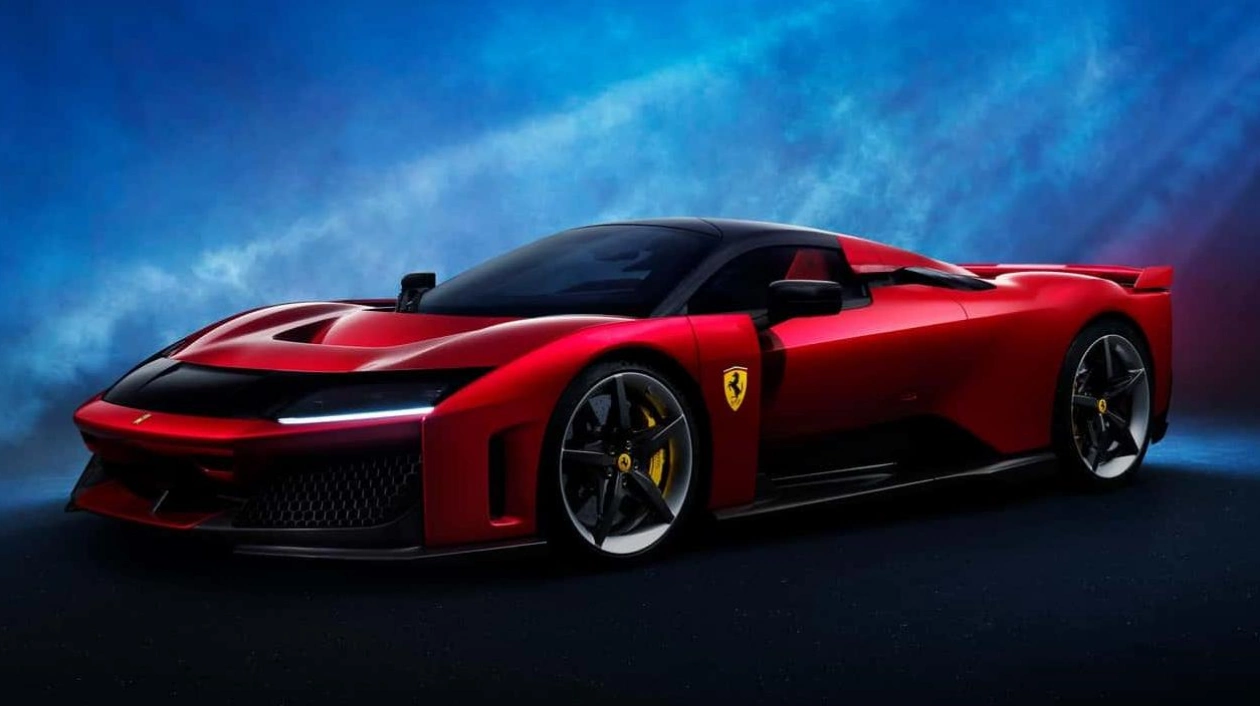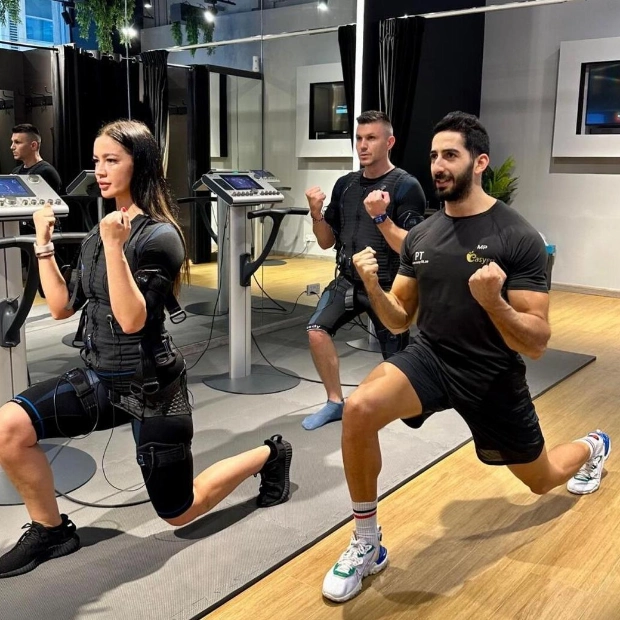McLaren has just unveiled the new W1, and Porsche is set to reveal its latest hypercar in the coming months. Now, over a decade since the introduction of the LaFerrari, Ferrari has introduced a new flagship model called the F80. Much like the LaFerrari, the F80 aims to redefine the hypercar landscape.
The standout feature is the powertrain: a hybrid V-6. Ferrari has halved its iconic V-12 and integrated three electric motors into the system. The 3.0-liter engine alone delivers 900 horsepower, and when combined with the electric motors, the F80 boasts a total output of 1,200 hp, making it the most powerful Ferrari ever constructed.
The F80 accelerates from 0 to 62 mph in just 2.15 seconds and reaches 125 mph in 5.75 seconds. Its top speed is listed at 217.5 mph, outpacing the McLaren W1 in both acceleration and top speed.
The 3.0-liter V-6 is based on the 120-degree, hot-v engine from the 296 sports car and 499P Le Mans race car. Despite a significant increase in horsepower compared to the 296, the F80 remains lightweight. Ferrari engineers have adjusted the ignition and injection timing, boosting combustion chamber pressure by 20% compared to the 296. The eight-speed dual-clutch transmission has been specially calibrated to handle the increased pressure, and the electric turbos virtually eliminate lag.
Ferrari developed its electric motors in-house. The front axle houses two motors, an inverter, and an integrated cooling system, while the third motor is located at the rear. The front motors enable torque vectoring and can return up to 210 kilowatts to the front axle through regenerative braking.
The rear electric motor serves three primary functions: starting the gas engine, energy recovery, and providing additional torque when needed. It adds 80 hp to the total output and can recover 70 kW of energy in regeneration mode. All three motors are connected to an 800-volt lithium-cell battery pack with a total capacity of 2.3 kilowatt-hours, delivering a combined output of 325 hp.
The F80 features an asymmetrical monocoque chassis made of carbon fiber and composite materials. The roof is entirely carbon fiber, and both the front and rear subframes are aluminum. The asymmetrical design allows for an adjustable driver's seat, unlike the fixed positioning on the W1 and other monocoque supercars.
The F80 has a traditional two-seat layout with a driver-focused cockpit. The control panel is angled toward the driver, and the driver's seat is a bright red, adjustable sport bucket, contrasting with the fixed passenger seat. Ferrari has also designed a new steering wheel for the F80, which will be introduced in other models.
Flavio Manzoni designed the F80 at the Ferrari Styling Center in Maranello, incorporating retro elements like the Daytona-inspired headlight visor and F40-inspired rear wheel arches. The greenhouse is nearly 2.0 inches lower than that of the LaFerrari, and active aerodynamics provide two distinct rear visual styles.
Ferrari drew most of its aerodynamic cues from Formula 1. The pointed nose and S-Duct generate 1,014 pounds of downforce at 155 mph on the front end alone. With an active wing and a 71.0-inch diffuser, the F80 produces 1,300 pounds of downforce at the rear, totaling 2,204 pounds at 155 mph.
The F80 offers three drive modes: Hybrid, Performance, and Qualify. While it lacks a fully electric mode like the W1, the Hybrid mode prioritizes energy recovery and battery charge, while Performance mode maintains the battery at around 70% charge. Qualify mode unleashes the F80's full power.
Ferrari introduced Boost Optimization, accessible in Performance and Qualify modes. After a reconnaissance lap, Boost Optimization identifies areas of the track where additional boost can be applied, such as long straights, and adjusts power delivery accordingly.
To manage high-speed deceleration, Ferrari collaborated with Brembo to introduce new CCM-R Plus braking technology. The advanced carbon brakes use longer fibers, improving mechanical strength by 100% and thermal connectivity by 300%.
The F80 also features an active suspension system based on spool-valve dampers from Multimatic. Each damper has a motor that can brake or accelerate the piston, eliminating the need for anti-roll bars and enhancing ride quality and handling performance.
Buyers can choose between Michelin Pilot Sport Cup 2s or Pilot Sport Cup 2Rs, measuring 285/30 front and 345/30 rear. Ferrari also offers active safety features such as automatic emergency braking, lane departure warning, lane-keep assist, automatic high-beam assist, and traffic sign recognition.
The Ferrari F80 costs €3.6 million, or approximately $4 million USD. Only 799 units will be produced, with production starting at the end of 2025 and continuing until 2027.






